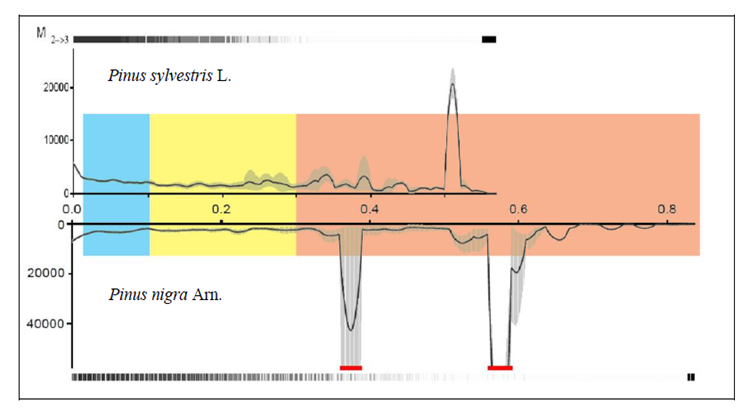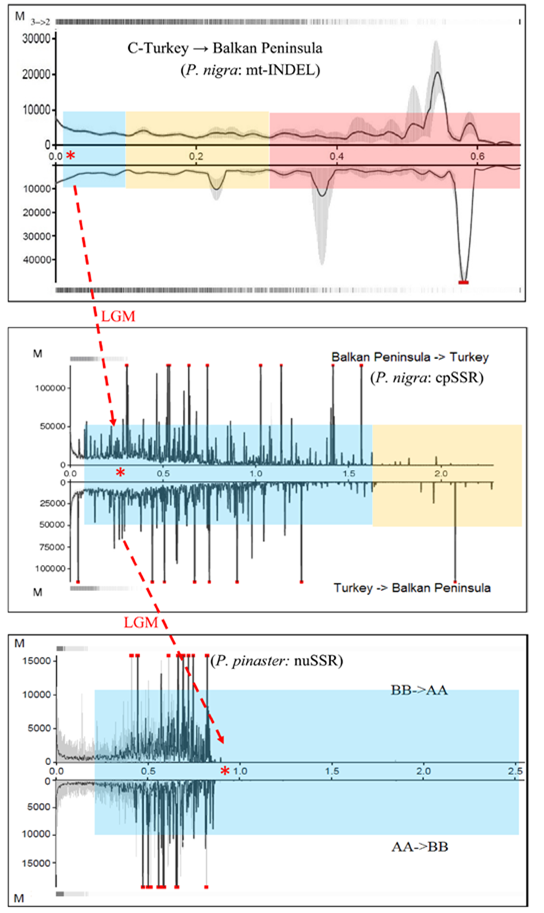NCC BULGARIA


NCC presenting the success story:
The National Competence Centre of Bulgaria (NCC-Bulgaria in the area of HPC, HPDA and AI has the goal to enhance and develop the competences of the Bulgarian computational community, making full use of EuroHPC resources and the EuroCC partnership.
NCC-Bulgaria is built by a consortium coordinated by the Institute of Information and Communication Technologies at the Bulgarian Academy of Sciences (IICT-BAS), and two members, Sofia University “St. Kliment Ohridski” (SU), and University of National and World Economy (UNWE).
Scientific/government partners involved:
The following scientific and governmental partners are involved:
The department of Scalable Computing and Applications (SCA) with HPC Centre is part of IICT-BAS. It manages the HPC centre with the supercomputer Avitohol. The department is focused on the development and deployment of Cloud middleware and software components, methods, algorithms, and applications suitable for Cloud and HPC computing systems.


The departments of the Forest Genetics, Physiology and Plantations (FGPP) and Silviculture and Management of Forest Resources (SMFR) are a part of the Forest Research Institute at the Bulgarian Academy of Sciences (FRI-BAS).
The main activities of FGPP are focused on investigation of biodiversity in forest tree species, forest genetic resources, and methods for their preservation; genetic and physiological characteristics of forest trees and shrubs; bioenergetics of ecosystems and plant species; biology of the reproductive process and micropropagation of forest tree species; green technology for production of high-quality wood and biomass for improvement of environment and landscape.
The research activities of SMFP are directed to the regeneration, cultivation, and use of forest ecosystems; dissemination, development, and sustainable management of forest habitats; influence of silvicultural systems on them; evaluation of forest; Biological productivity of tree associations; construction, growth, structure, maturity, and term cultivation of forest stands; Economics, organization, and management of forests methods and technologies of reproduction and use of forest resources.
Technical/scientific Challenge:
- Migrate-N (v3.x and v4.x) software installed on Avitohol supercomputer, https://peterbeerli.com/migrate-html5/download.html
- Migrate estimates:
- (1) the effective population sizes;
- (2) past migration rates between n population assuming a migration matrix model with asymmetric migration rates and different subpopulation sizes, and population divergences or admixture.
- Two statistical models:
- Maximum likelihood – Markov Chain Monte Carlo (ML-MCMC);
- Bayesian Statistics.
- Jointly estimate all parameters. As input data can use the following data: Sequence data with or without site rate variation, single nucleotide polymorphism data (sequence-like data input, HAPMAP-like data)
- Output data can contain: Tables of mode, average, median, and credibility intervals for all parameters, histograms approximating the marginal posterior probability density of each parameter.
Marginal likelihoods of the different models allow comparison of different MIGRATE runs in order to be selected the best simulation.
Solution:
- The vertical colored bar limit is 15 thousand individuals;
- the horizontal colored bar in the middle of the figure represents geological time grid where:
- white color—Holocene epoch (up to 0.01 scanned units),
- blue light color— Pleistocene epoch (between 0.01 and 0.1 scanned units), (Quaternary Period) at 2.6 Ma.
- yellow color—Pliocene epoch (between 0.1 and 0.3 scanned units), (or 2.6–5.3 Ma), Tertiary Period
- orange color— (≥ 0.3 scanned units) include: Miocene epoch (5.3–23.0 Ma) and Paleogene epoch (23.0–65.5 Ma).
- Comparative asymmetric migration pattern between the mitochondrial INDEL, chloroplast SSRs and nuclear SSRs from two Mediterranean Pines (P. nigra and P. pinaster).
- The red dashed line connected the red asterisk is the time mark of the Last Glacial Maximum (LGM ≈ 27,000 YBP).
- The horizontal colored bar in the middle of each chart represent geological time grid;
- white color—Holocene epoch (up to 0.0117 MY),
- blue light color— Pleistocene epoch (between 0.0117 and 1.806 MY),
- yellow color—Pliocene epoch (between 1.806 and 5.332 MY)
- orange color—Miocene epoch (≥ 5.332 MY).
- The Pines seed radiation molecular markers as INDEL (top) and nuSSR (bottom) shown average low migration intensity of ≈ 10 thousand individuals per migration wave, but the pollen radiation marker as cpSSR (middle) average high migration intensity of ≈ 50 thousand individuals per migration wave.
- The used 3 molecular markers shown different phylogenetic memories: longest for mt-INDEL, following by cpSSR and shorten for nuSSR.
- Note: The horizontal axis for each chart is the time by mutation rate. The time units are different for the different molecular markers, respectively; average time span for each migration wave is different number of generations for each chart.
Scientific impact:
- New scientific results for natural metapopulations of black and white pine in various European areas and details of genetic diversity.
- The new knowledge for speciation migration interaction and historical migration interaction of Pinus nigra and Pinus sylvestris can be used for genetic conservation and management of macroforests.
- K. D. Naydenov, M. K. Naydenov, A. Alexandrov, T. Gurov, Veselka Gyeleva, Georgi Hinkov, Sofiya Ivanovska, et al., „Speciation and historical migration pattern interaction: examples from P. nigra and P. sylvestris phylogeography“, European Journal of Forest Research, Springer, vol. 142(1), pp.1-26, 2023, doi.org/10.1007/s10342-022-01513-0, (Q1, IF:3.140).
Benefits:
- Conservation and management of the forests
- Reproductive process and micropropagation of forest tree species
- Improvement of environment and landscape
Success story # Highlights:
- Keywords: Maximum likelihood – Markov Chain Monte Carlo, Bayesian Statistics
- Research areas: Biological diversity in forest flora
- Technology: HPC

Figure 1 : Migration pattern from the Balkan Peninsulas to the Western Russia (at the top). Migration pattern from the Balkan Peninsulas to the Crimea Peninsulas (at the bottom).

Figure 2 : Comparative asymmetric migration pattern between the mitochondrial INDEL, chloroplast SSRs and nuclear SSRs from two Mediterranean Pines (P. nigra and P. pinaster).
This project has received funding from the European High-Performance Computing Joint Undertaking (JU) under grant agreement No 101101903. The JU receives support from the Digital Europe Programme and Germany, Bulgaria, Austria, Croatia, Cyprus, Czech Republic, Denmark, Estonia, Finland, Greece, Hungary, Ireland, Italy, Lithuania, Latvia, Poland, Portugal, Romania, Slovenia, Spain, Sweden, France, Netherlands, Belgium, Luxembourg, Slovakia, Norway, Türkiye, Republic of North Macedonia, Iceland, Montenegro, Serbia
Contact:
- Todor Gurov, Sofiya Ivanovska, Institute of Information and Communication Technologies at the Bulgarian Academy of Sciences (IICT-BAS).
- Veselka Gyeleva, Georgi Hinkov, Forest Research Institute at the Bulgarian Academy of Sciences